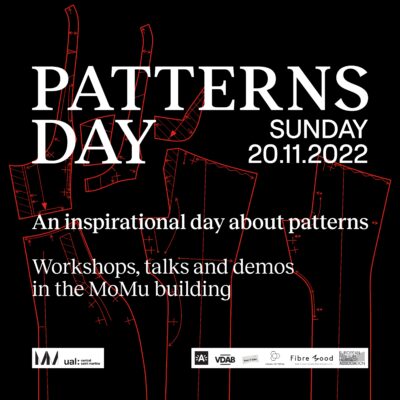
EFHA World 28.10.2022
22.05.2023
3DcraftEuropean craftEuropean fashionfashion historyrevivalism fashion historyvideo
A video-journey through space and time via the routes of lace between Bruges and Antwerp (and the whole world)
Lace is fascinating and intricate, complex and beautiful, extremely precise and extremely delicate at the same time. Since the 16th century, techniques to produce it have been developed, from Venice, where it is said lace was ‘invented’, to the whole of Europe and eventually the world. Retracing the history of lace means rediscovering the history of humanity, woven as it is through through the histories of globalisation and industrialisation, and those of class, gender and power dynamics.
Within the context of the CRAFTED project, as part of the #CRAFTINGHERITAGE video series, we ventured into the rich heritage of lace in Bruges and Antwerp, thanks to the expertise of curators and conservators at MoMu Antwerp, whose work to liaise past, present and future in the fashion discourse is undeniable.
In the first episode, titled Gaming Lace / Play, teach, value: resilient crafts in Bruges, Rudy De Nolf, manager of the Lace Centre & Museum in Bruges, explains how he managed to turn traditional techniques into a game that teaches the value of heritage and shows how to embed craft in the future of the local community.
We then needed two episodes – Archiving Lace, Crafting History Part 1 and Archiving Lace, Crafting History Part 2 – to allow MoMU curator Frieda Sorber to narrate the history of lace and its relationship to Antwerp (and Europe, of course!) via some of the most fashionable gems in the museum’s own collections.
After retracing the glorious past of lace, we decided to focus the fourth and final video on the future. In Lace 3.0: The Arts and Craft of 3D Printing / Cutting-edge technologies to shape new museological practices, curator Romy Cockx, who was in charge of the 2021 exhibition ‘P.LACE.S Looking through Antwerp Lace’, talks about the show and selects one very special object – a 3D-printed handkerchief inspired by the one depicted by Peter Paul Rubens in 1615 – to demonstrate how lace can represent both the resilience of history and the potential to establish new crafts.
The videos were produced by EFHA – European Fashion Heritage Association in collaboration with MoMu – Fashion Museum Antwerp as part of the Europeana Crafted series.